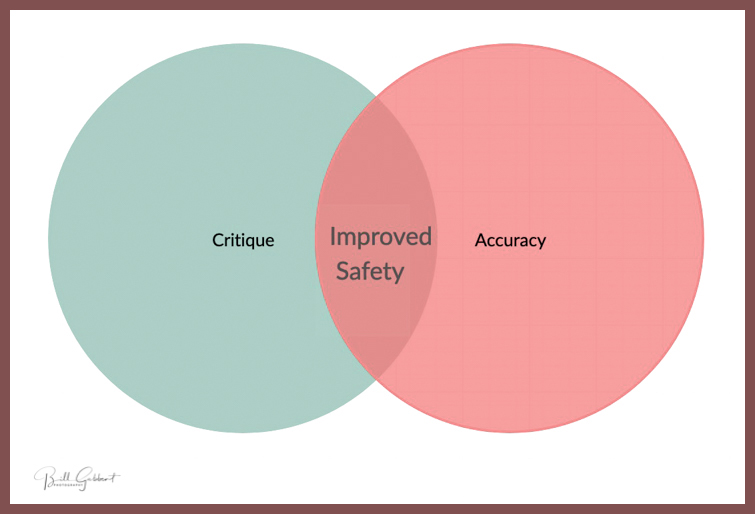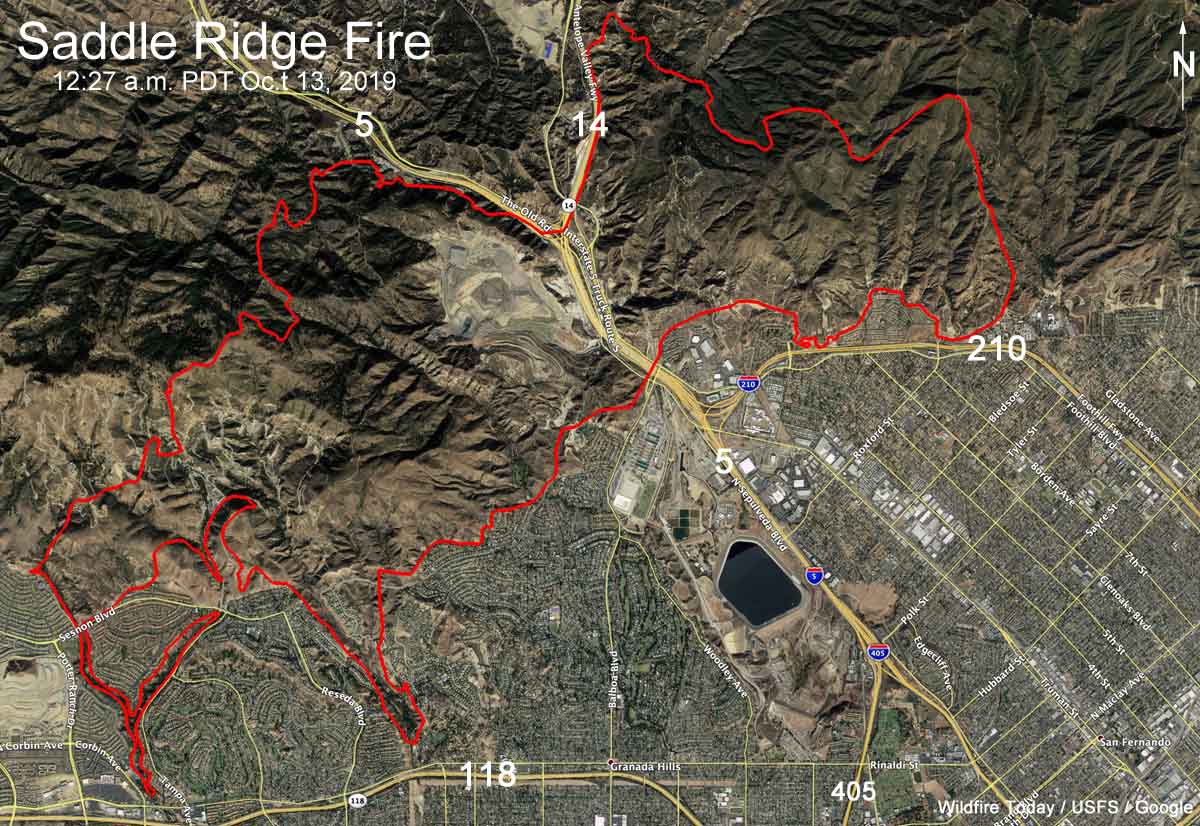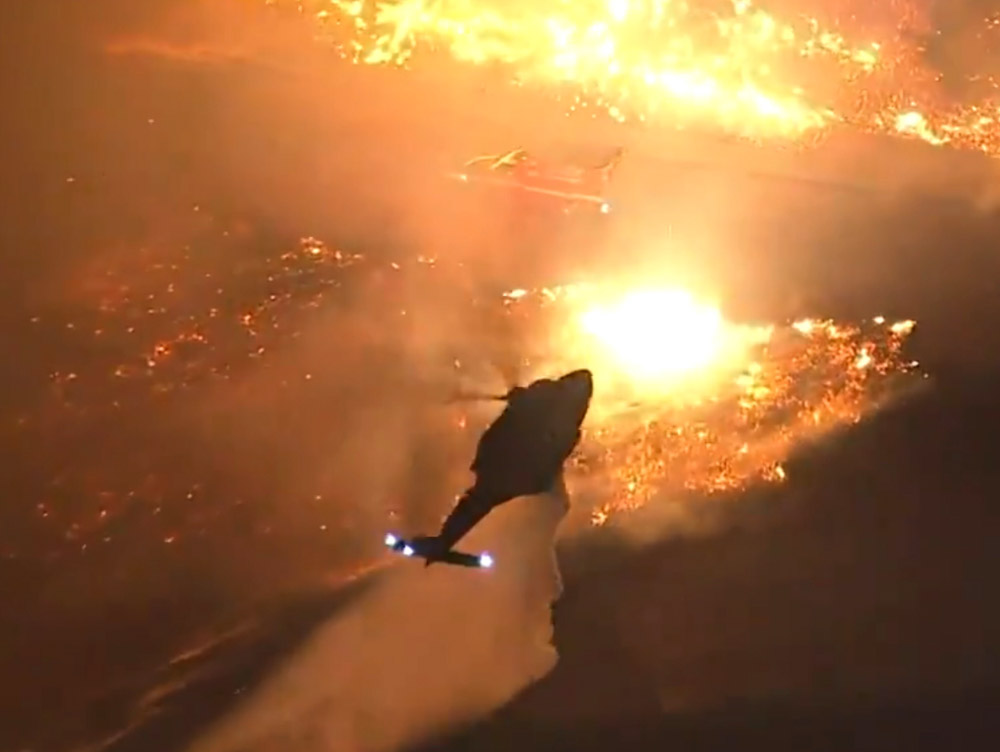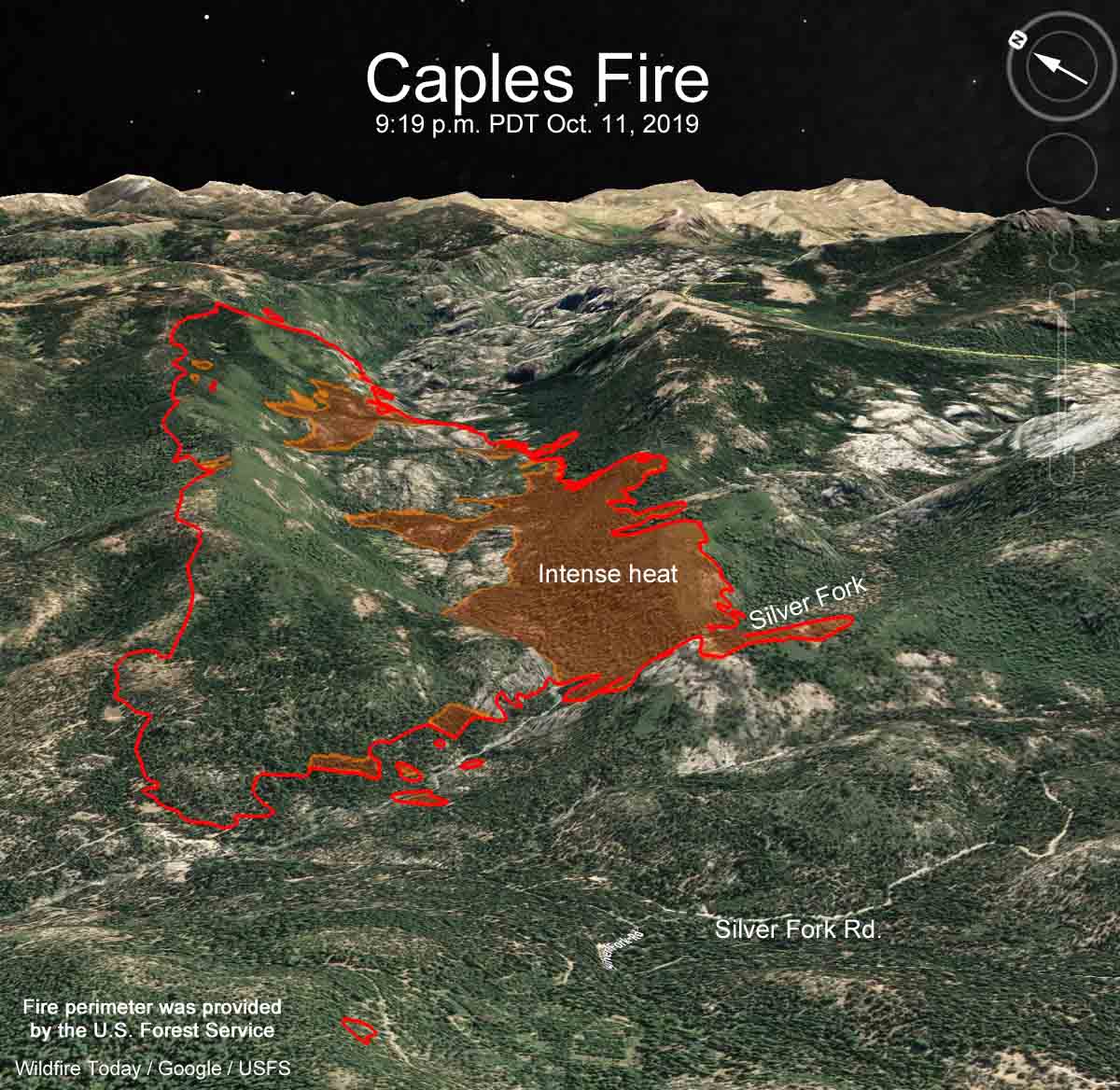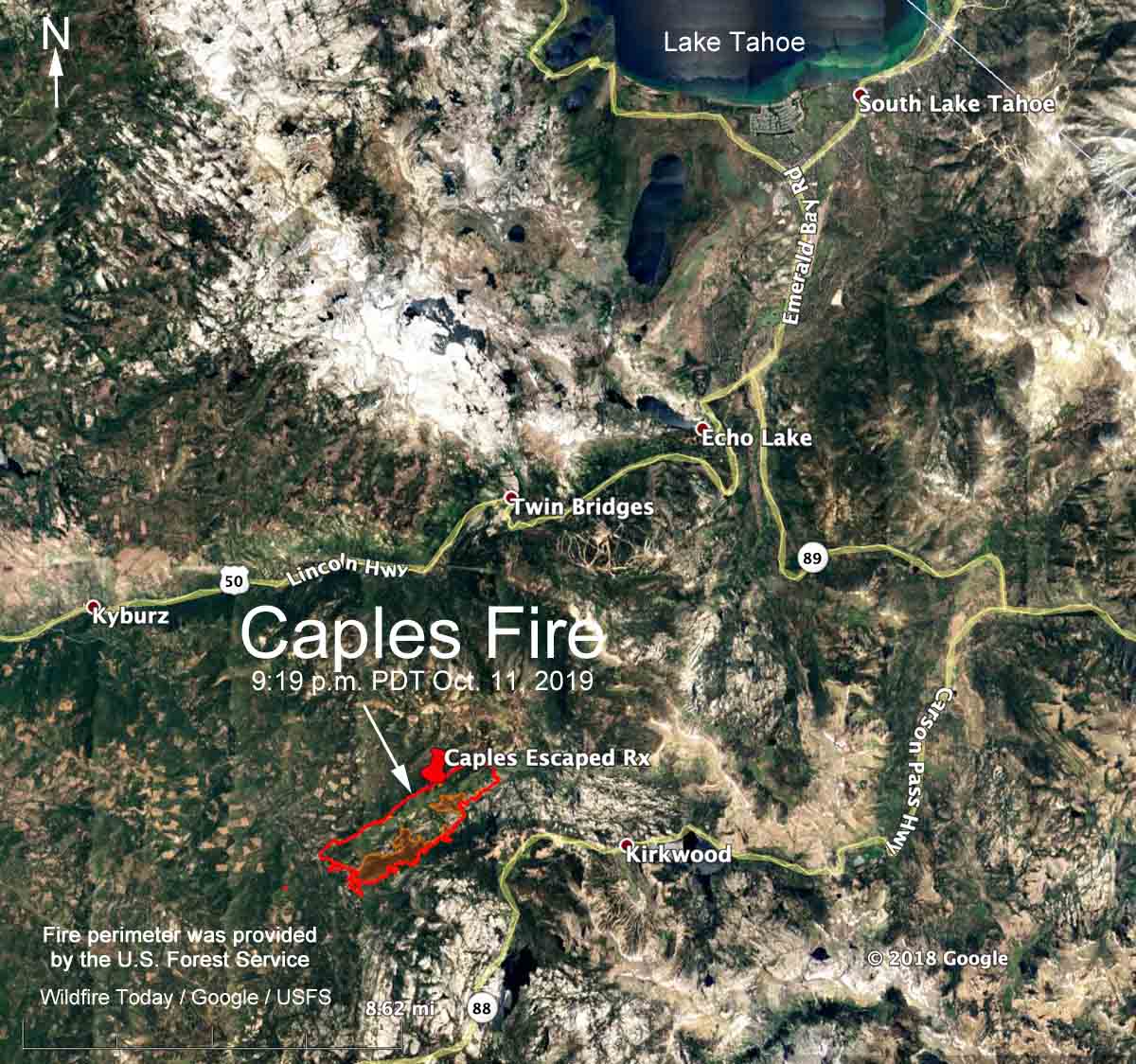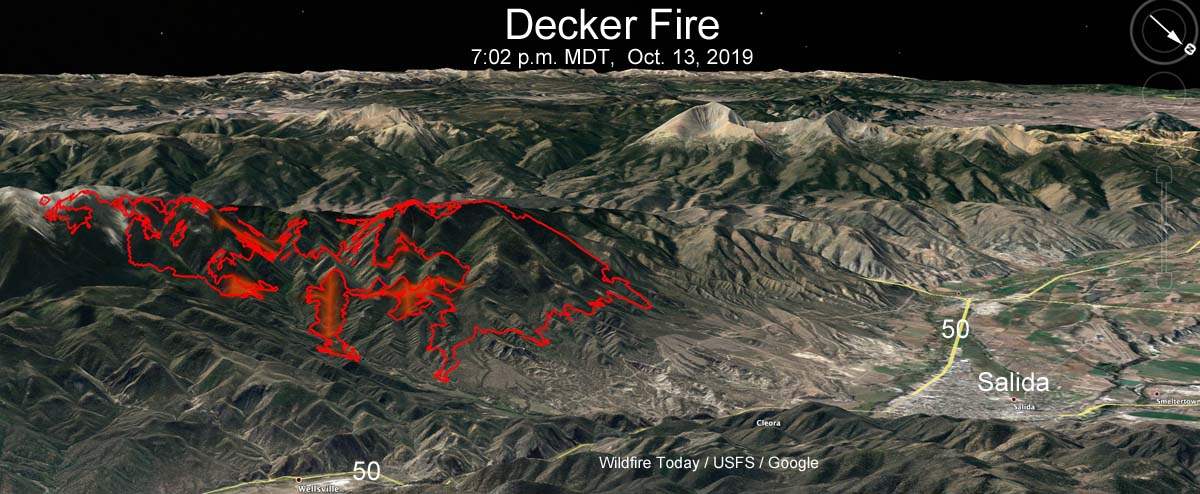
UPDATED at 10:25 p.m. MDT Oct. 14, 2019
The Decker Fire has ordered nine more 20-person hand crews. They will be Type 2 IA (Initial Attack) crews coming all the way from Oregon.
The weather near Salida is not expected to be extreme through Thursday; the winds will be from the west or southwest at less than 11 to 14 mph but the humidity will be very low — single digits during the day and in the 30s at night. But beginning Friday and through the weekend the wind will increase to the mid-teens with gusts in the 30s. There is a chance of rain or snow on Sunday.
Those crews might be handy to have around on Friday and Saturday, and also to get more line construction and mopup done before the winds arrive.
4:02 p.m. MDT Oct. 14, 2019
The Decker Fire three miles south of Salida, Colorado continues to grow and Sunday put firefighters in a precarious situation. After the fire crossed fire lines on both the east and west sides following three days of Red Flag Warnings firefighters on the northeast side working to stop the spread had to use escape routes to take refuge in safety zones. After taking accountability to ensure all were safe, they reengaged after the fire activity decreased.
More fire crews and aircraft have been requested and new evacuation orders for residents issued.
Colorado … https://t.co/jBYkd4M5P6
— Wildfire Today ? (@wildfiretoday) October 13, 2019
The 8,118-acre lightning-caused fire has been burning for about five weeks and is being “managed” or herded around, rather than fully suppressed.
For evacuation information contact the Chaffee County Sheriff’s Office, 719-539-2596, or Fremont County Emergency Management, 719-276-7416, 719-276-7418, or visit the Chaffee County Sheriff or Fremont County Sheriff Facebook pages and websites.
Resources assigned to the fire include: 18 hand crews, 27 fire engines, 4 dozers, 8 water tenders, and 7 helicopters for a total of 707 personnel.
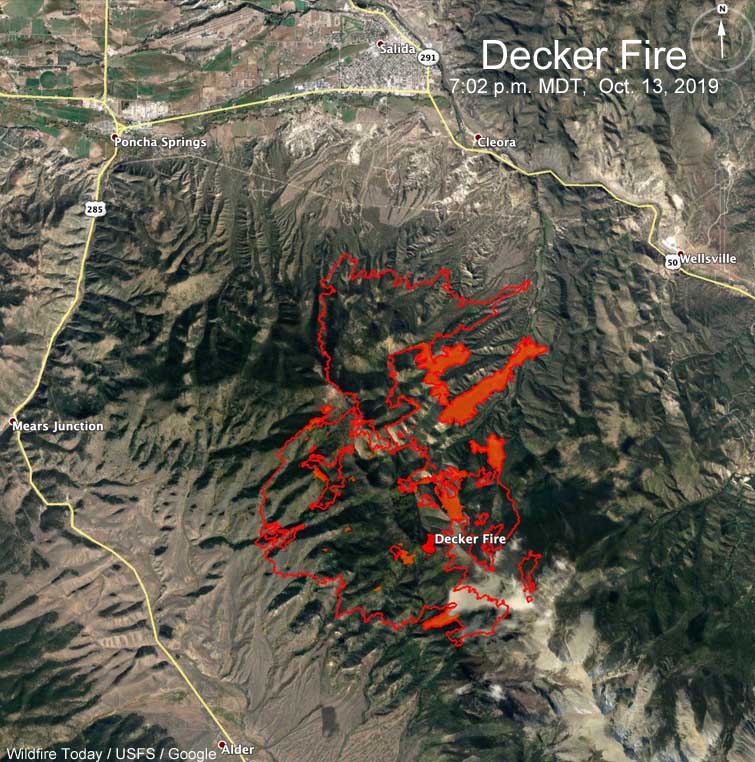
#DeckerFire evacuation centers open. See details ⬇️ https://t.co/aPoIT5VD4X
— CO – Emergency Mgmt (@COEmergency) October 13, 2019
Air Quality Public Health Advisory for Wildfire Smoke extended for the #DeckerFire. Meet your AQ Meteorologist Dr. Amber Ortega, breaking down this extended advisory. #CoFire Details here: https://t.co/PaQkiO4q1J pic.twitter.com/Uq93GQ3But
— CDPHE Air Pollution (@cdpheapcd) October 13, 2019
The video below that shows the smoke column blowing rapidly off to the left is time-lapse, not real time.
Video from the #deckerfire yesterday. Another Red Flag Warning Day today means more potential flare ups and growth. #cofire #colorado #coloradosprings #salida #wildfire #wildfires #wxtwitter #Stormchasers #redflagwarning @ThePhotoHour @storm pic.twitter.com/q29leY9TQe
— Colorado Storm Chasers (@COStormChasers) October 14, 2019

